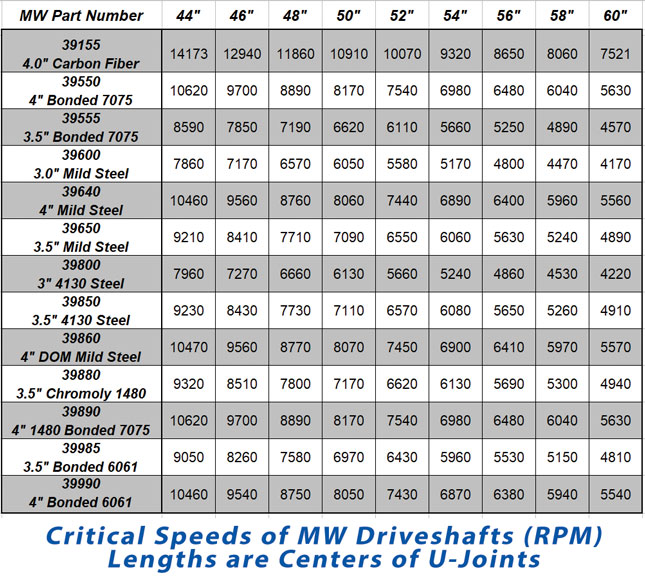What should the 1st gear ratio be multiplying "1st gear x rear gear" ratio. Right now I have a 3.31 rear gear with 2.20 1st gear which gives me 7.28 which isn't optimum for driving in traffic. I'm going to be buying a new Tremec TKX and am trying to figure out which gear ratios to order. I don't want a super steep ratio in 1st, I had a trans with 3.27 1st gear with 3.73 rear gear and I didn't like it, too steep for me. So now I'm running 3.31s in the rear and am trying to decide which way to go with the new trans. What's the right thing here? The car isn't a race car but it does have 600hp and 640 lbft.
I'm thinking somewhere around 10:1 with 28" tall rear tires.
I'm thinking somewhere around 10:1 with 28" tall rear tires.





